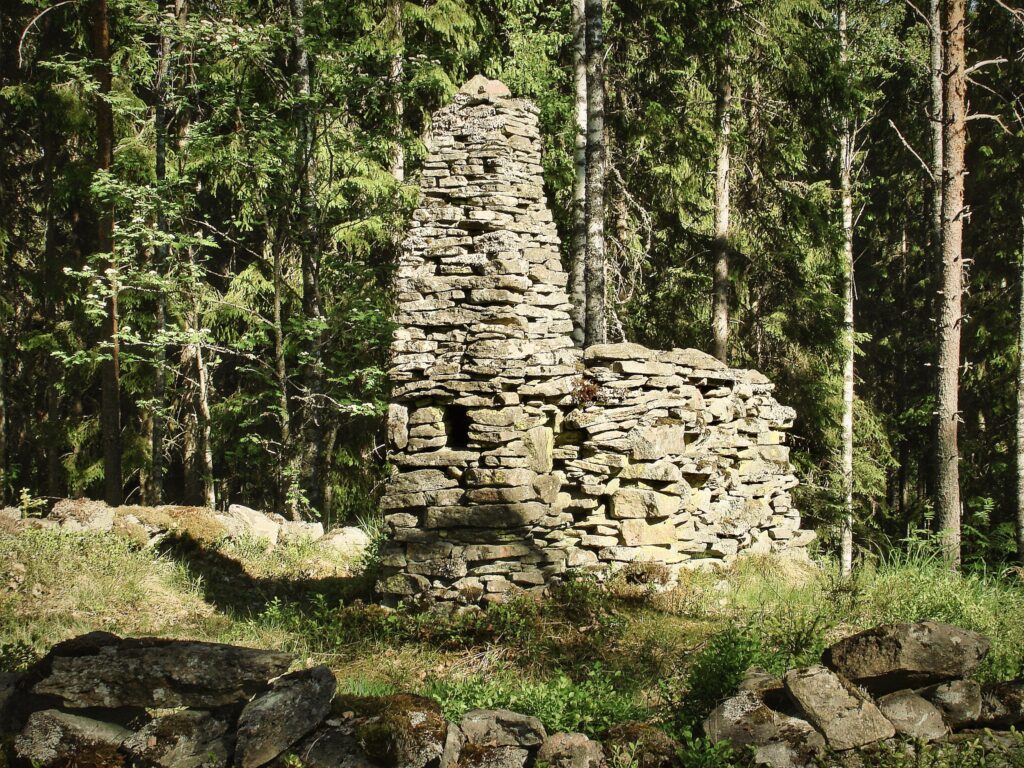
The Stone Church in Skog
Arvika
A small stone church was built by the children of Brunskog in the late 1870s. The little stone church was constructed while the heavy work of building the new church in Brunskog was underway. However, Brunskog’s church burned down after barely a century, but the children’s little stone church still stands today.
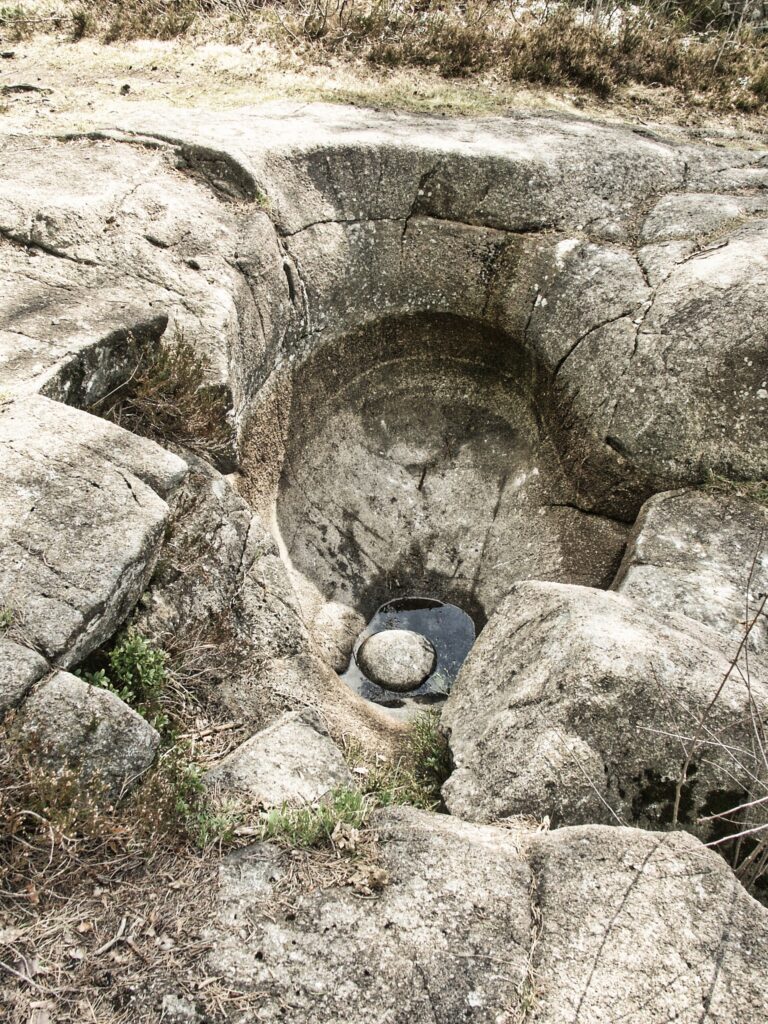
Sveafallen
Degerfors
In the nature reserve Sveafallen, there are many traces from the Ice Age tens of thousands of years ago. Here, you can find many giant kettles, large basins in the bedrock. Some are just a few decimeters wide, while the largest are up to four meters wide and nearly ten meters deep. In the past, our ancestors believed that giants had cooked their food in these pits.
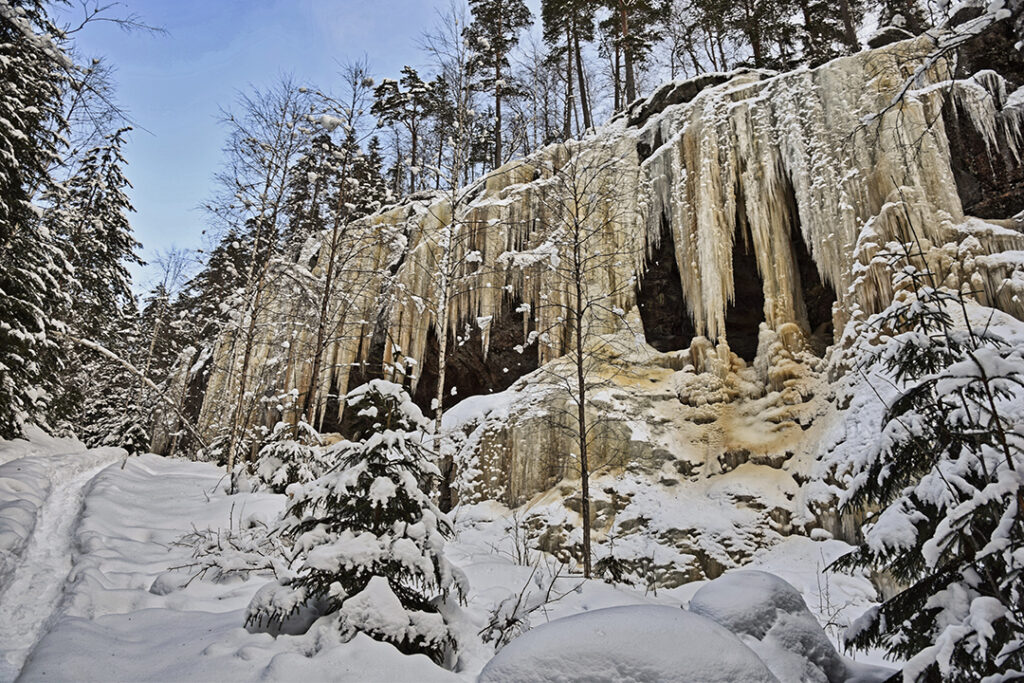
Bryelsegrottan
Eda
In winter, you can experience the impressive Bryelsegrottorna in Skillingmark. When water flows down over the edge of the mountain and turns into icicles, a wall is formed at the mountain’s indentation. The Bryelsegrottorna actually consist of several shallow indentations in the rock wall, about three meters wide and high, and were likely created during or after the last Ice Age when the waves of the sea crashed against the rock wall.
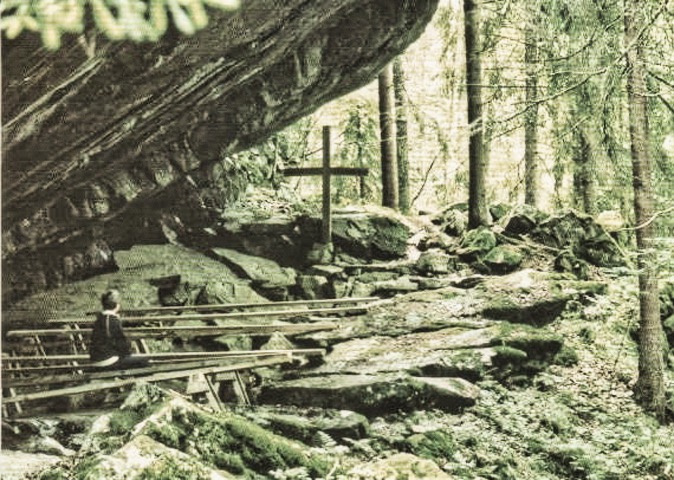
Hällekyrkan
Eda
Hällekyrkan is a church in a cave from the Ice Age. The roof consists of a massive rock block that has broken off from the rock wall and now leans at a 40-degree angle over an area of nearly 300 square meters. Here, there are crosses, benches, and an altar.
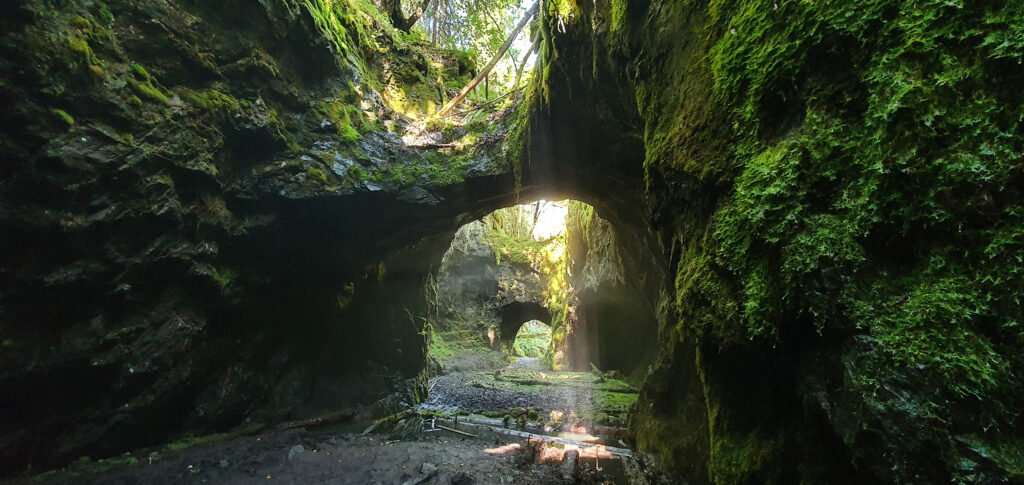
Tilas Stoll and Högbergsfältet
Filipstad
At Högbergsfältet in Persberg, you will find Värmland’s oldest mining field with a history dating back to the Middle Ages. Here, there are numerous traces of past mining, including ruins of blue-glimmering slag and root cellars that testify to the lives of the workers. The area is especially known for Tilas Stoll, a tunnel through the mountain that leads to a fantastic view from inside Krakbogruvan.
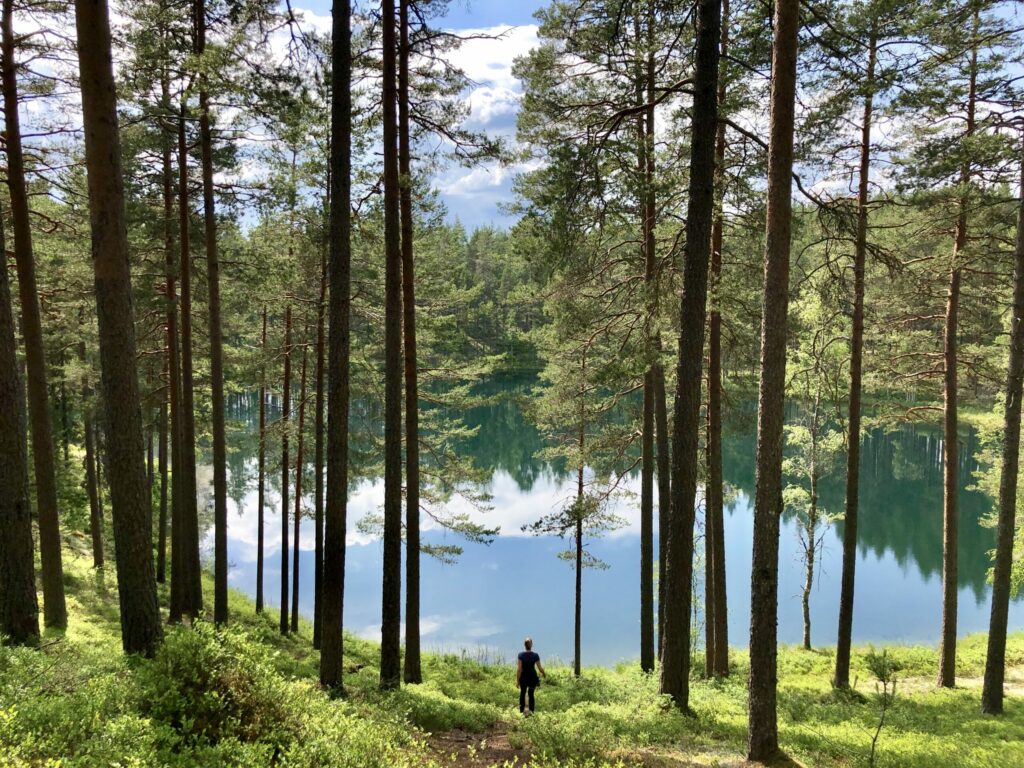
Sundtjärn
Filipstad
In the beautiful nature reserve Kittelfältet, there are several crater-like small lakes with turquoise water. One of these is Sundtjärn, whose water has turned bright blue due to a specific type of phytoplankton. The entire area shows clear traces from the Ice Age, and the lakes here were formed by icebergs from the continental glacier that became stuck in the sand.
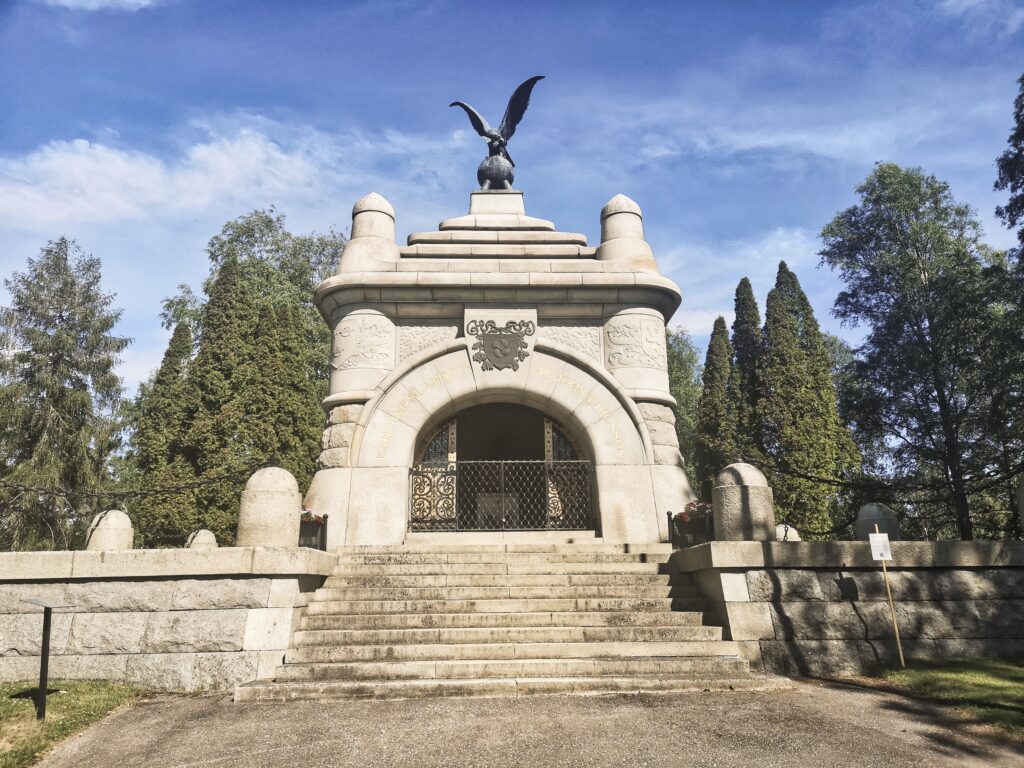
John Ericsson’s Mausoleum
Filipstad
There aren’t many eye-catching mausoleums in Värmland, and the famous inventor John Ericsson is certainly something special. John Ericsson was born in 1803 in Långbanshyttan and is known for his innovations such as the solar engine and the ironclad Monitor. The mausoleum in the Eastern Cemetery was inaugurated in 1895 in a ceremony where thousands gathered at Daglösens shore to honor him.
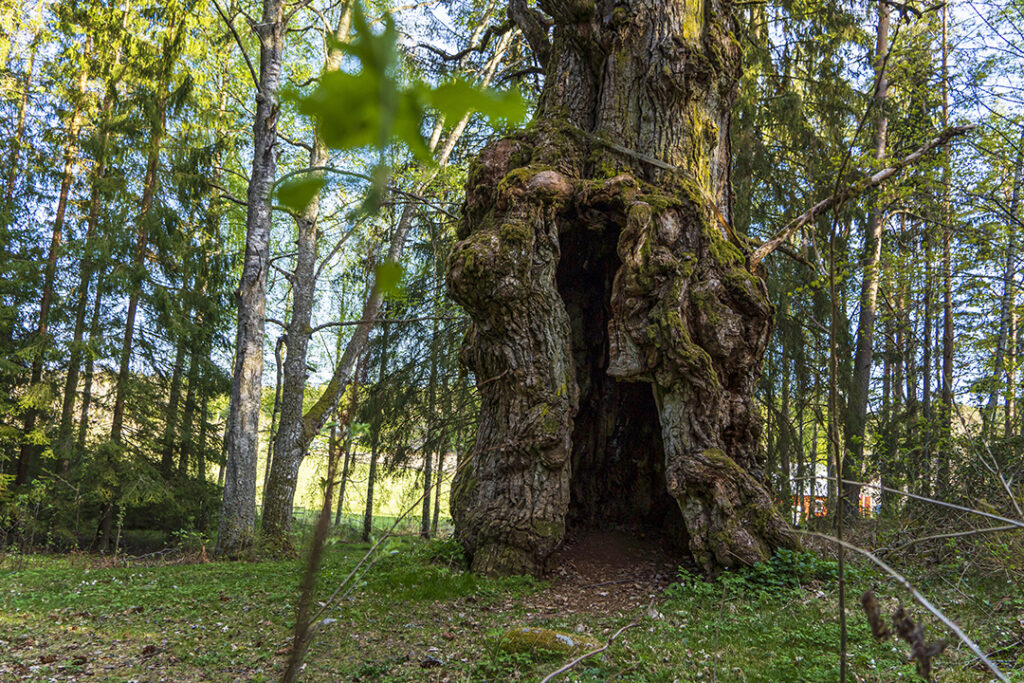
Häggvik Oak
Grums
Värmland’s most famous tree is undoubtedly the old Häggvik Oak. This tree, over 25 meters tall and eight meters in diameter, has been dated to be about 900 years old. As if that weren’t impressive enough, you can even walk inside the hollow trunk. A true fairy tale tree!
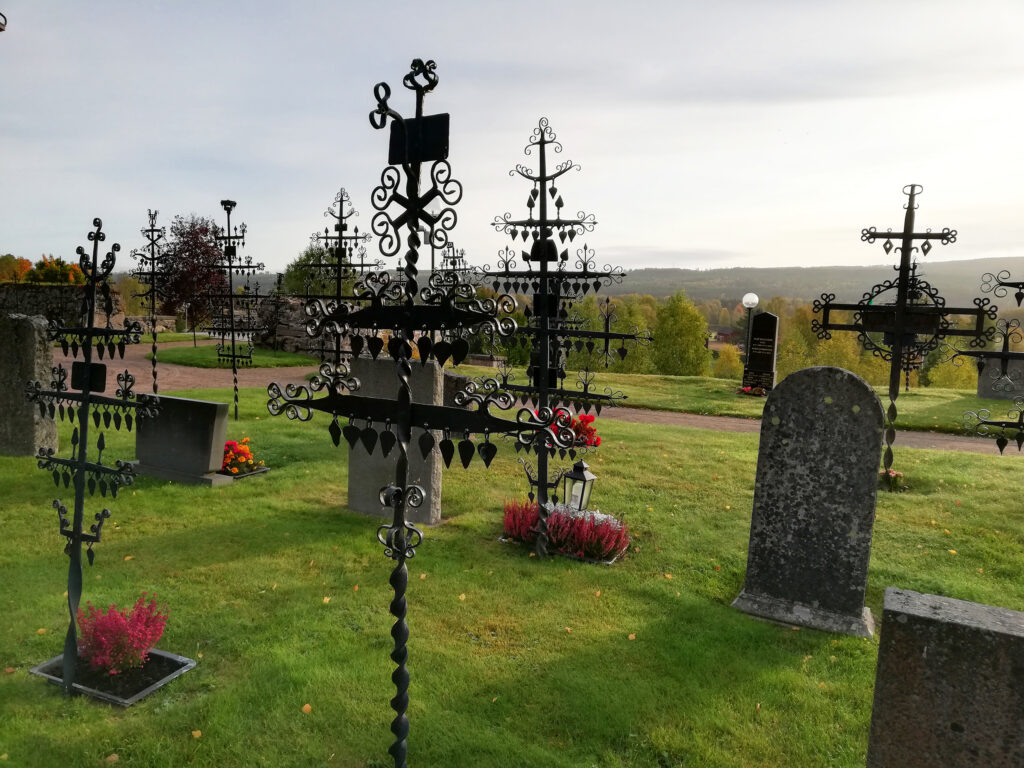
Ekshärad Cemetery
Hagfors
With nearly 450 forged iron crosses, Ekshärad Cemetery is a unique place and a cultural heritage in Värmland. Most of the crosses belong to graves from the 18th and 19th centuries, but were removed from the cemetery during a period in the early 20th century. In the 1920s, it was decided to return those that could be identified to their original graves.
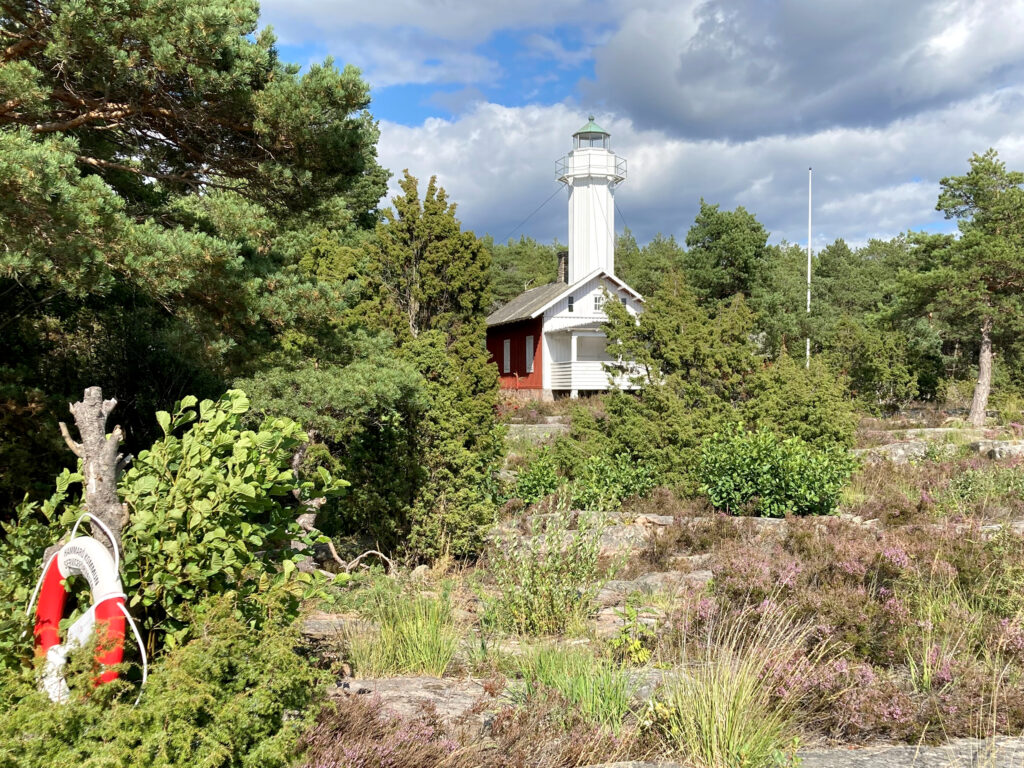
Skage Lighthouse
Hammarö
With a beautiful view over Vänern, Skage Lighthouse stands proudly at the southern tip of Hammarö. The warning lighthouse was built to alert sailors to the treacherous Grisskären and was threatened with demolition around 1930. Thanks to a local association in Karlstad, the lighthouse and its buildings were saved, making the southern tip a popular destination today.
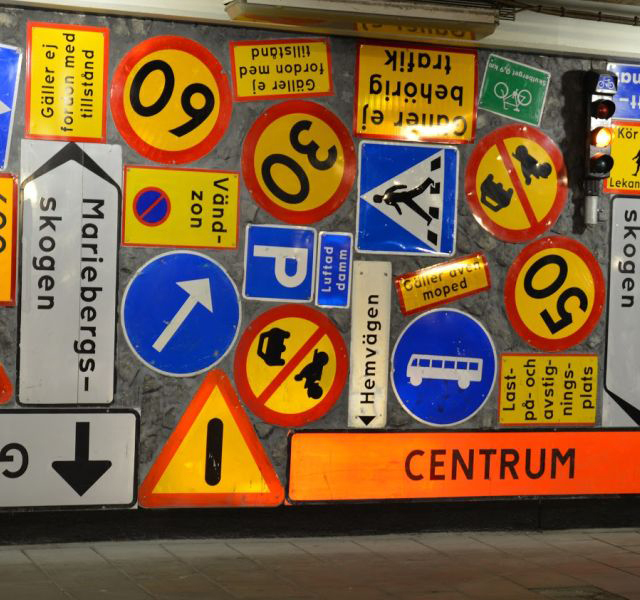
Orrholmsgaraget
Karlstad
With its classical music, its artworks (how about a wall with traffic signs?) and unique traffic solutions, Orrholmsgaraget is certainly an unusual place in Karlstad. The underground garage was built during the million-program era in the 1960s and actually has a bus stop at the far end. It was after the environment was perceived as unsafe that the garage began to evolve into a vibrant and pleasant cultural venue that today is visited by both cultural figures and politicians for inspiration and experiences.
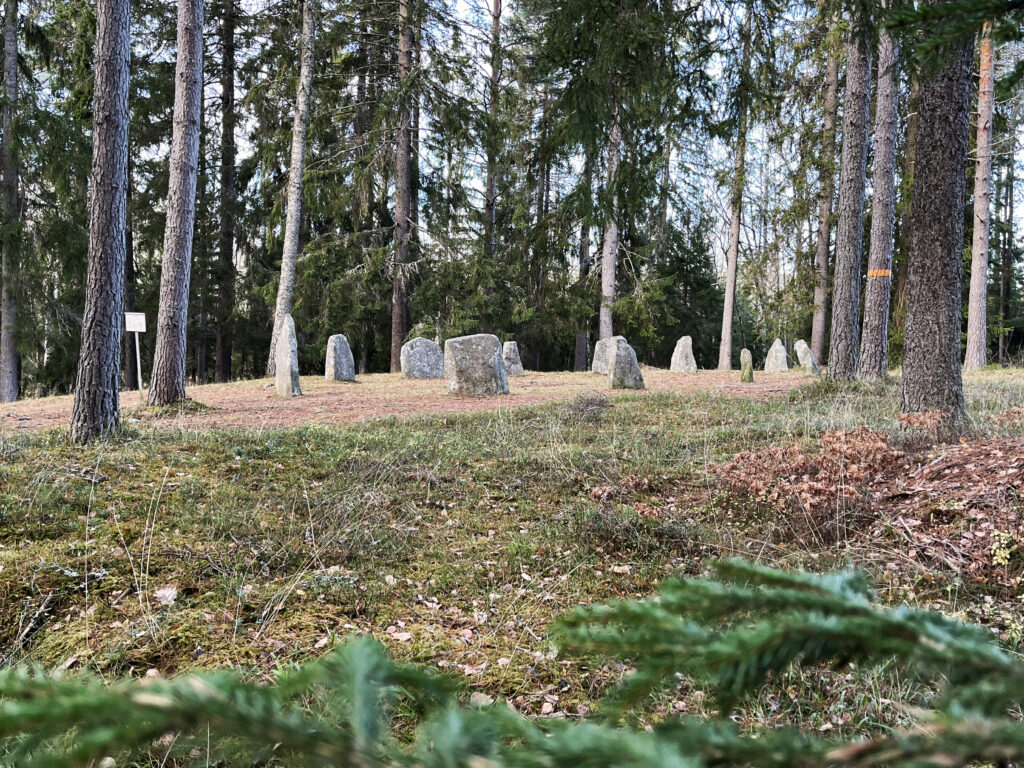
Dye Domarring
Karlstad
On a hill in the I2 forest lies Dye Domarring, a grave with eleven standing stones from the Iron Age estimated to be about 1500 years old. The Domarring has acquired its current appearance due to several failed restoration attempts and was originally two rings. However, the site has been important to people for longer than that, as traces of a Stone Age settlement have been found here that could be up to 6000 years old.
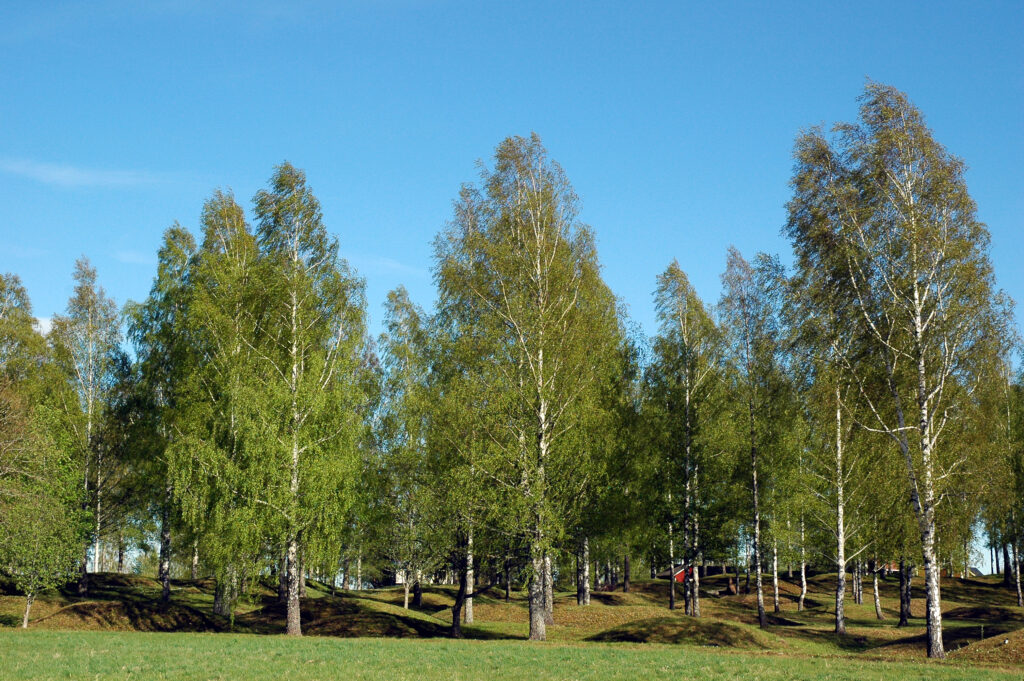
Runnevåls gravfält
Kil
Värmland’s largest burial ground is Runnevål in Kil, which contains a total of 83 burial mounds and seven stone settings. The burial ground from the Iron Age is believed to be about 1500-1600 years old based on the archaeological findings of burnt bones and pottery discovered here. The site has been excavated several times during the 20th century, during which the Runnevål jar and various tools have been found, providing us with new insights about the people who lived here long ago.
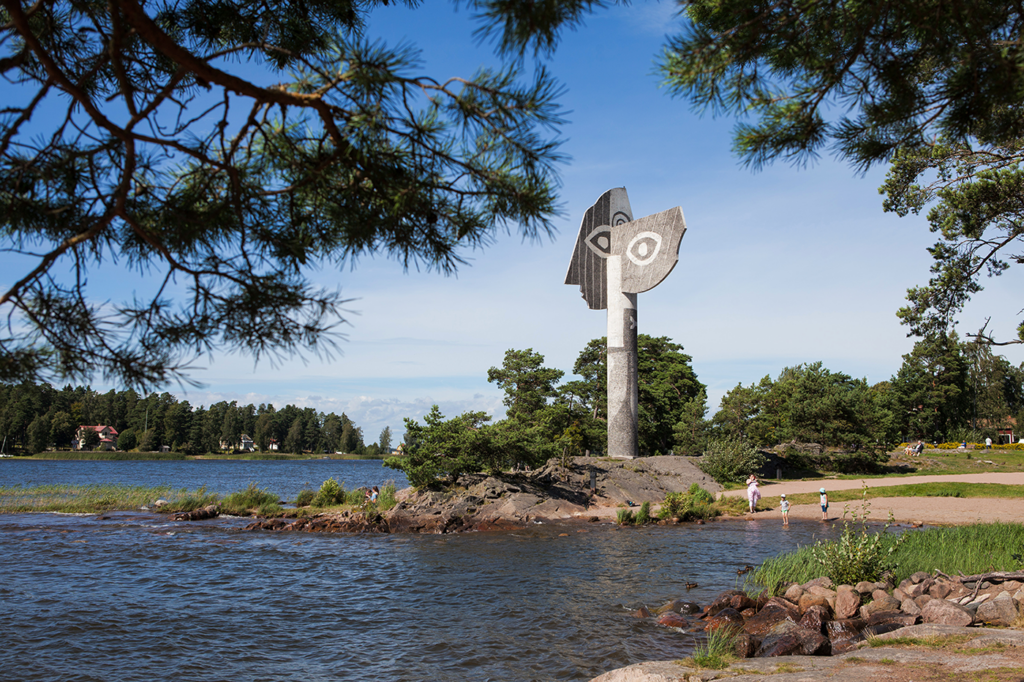
Picasso Sculpture
Kristinehamn
The 15-meter-high Picasso sculpture at Strandudden has become a well-known symbol of Kristinehamn since its inauguration in 1965. It is one of the largest freestanding sculptures by the artist in the world and depicts the head of his wife Jacqueline. The sculpture ended up in Värmland thanks to Kristinehamn artist Bengt Olson convincing local politicians to finance the work, which is now a popular tourist destination.
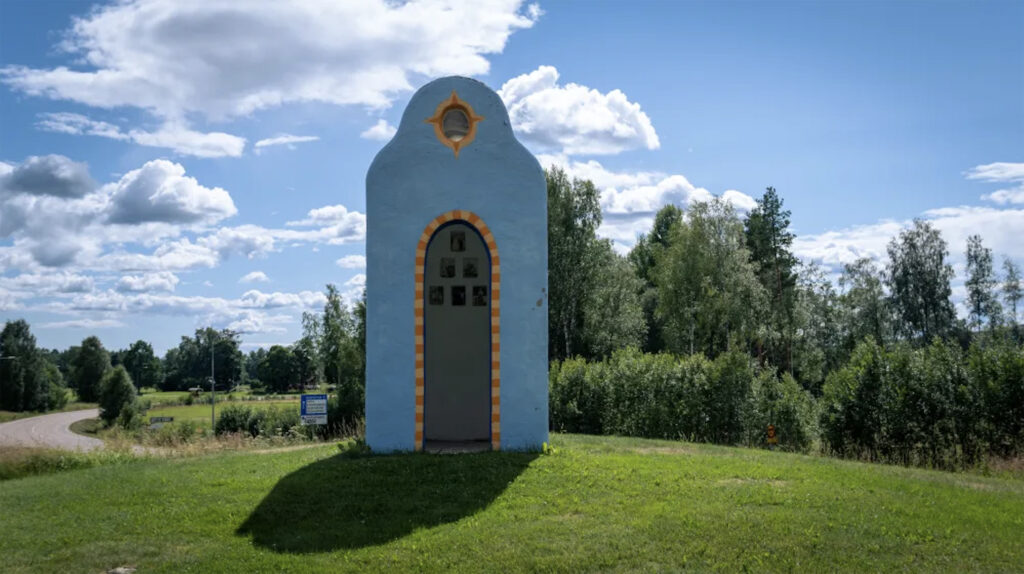
Blåkulla
Munkfors
On a hill next to the Ransäter rest area stands a small, peculiar blue building. It is Blåkulla, created by artist Karin Broos in 1999. Blåkulla is a chapel that honors the Munkfors woman Alma Löv, which you can see when you peek inside the chapel and get glimpses of her life and dreams in the paintings there.
Here’s the translated text while keeping the code and line breaks intact: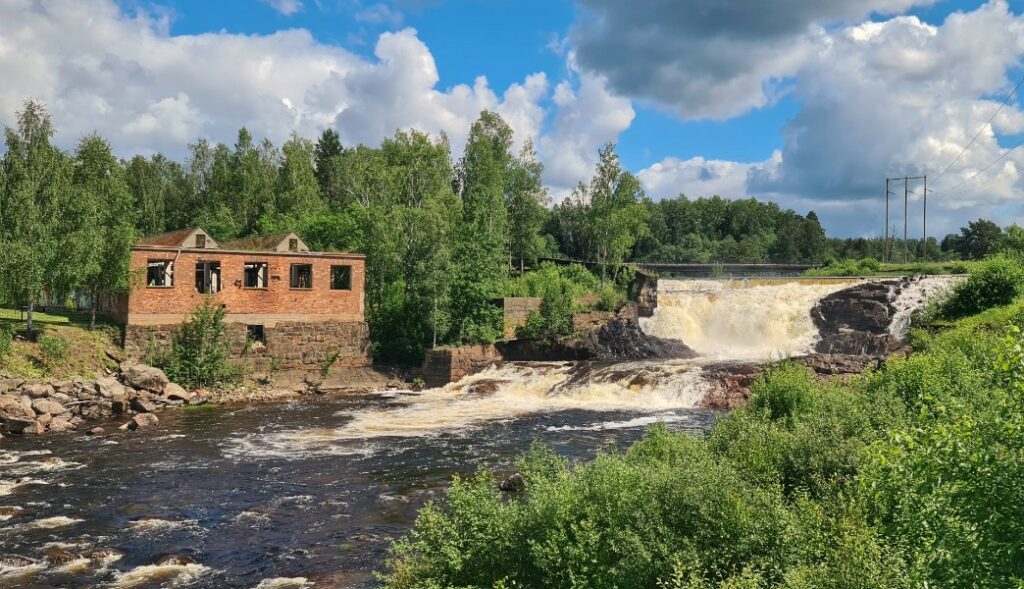
Munkforsen
Munkfors
Munkforsen features Klarälven’s highest natural waterfall at 17 meters in height and is located in the industrial park of Munkfors. Historically, the falls have been important for iron processing and industry, with Munkfors mill being a central part of the region’s development.
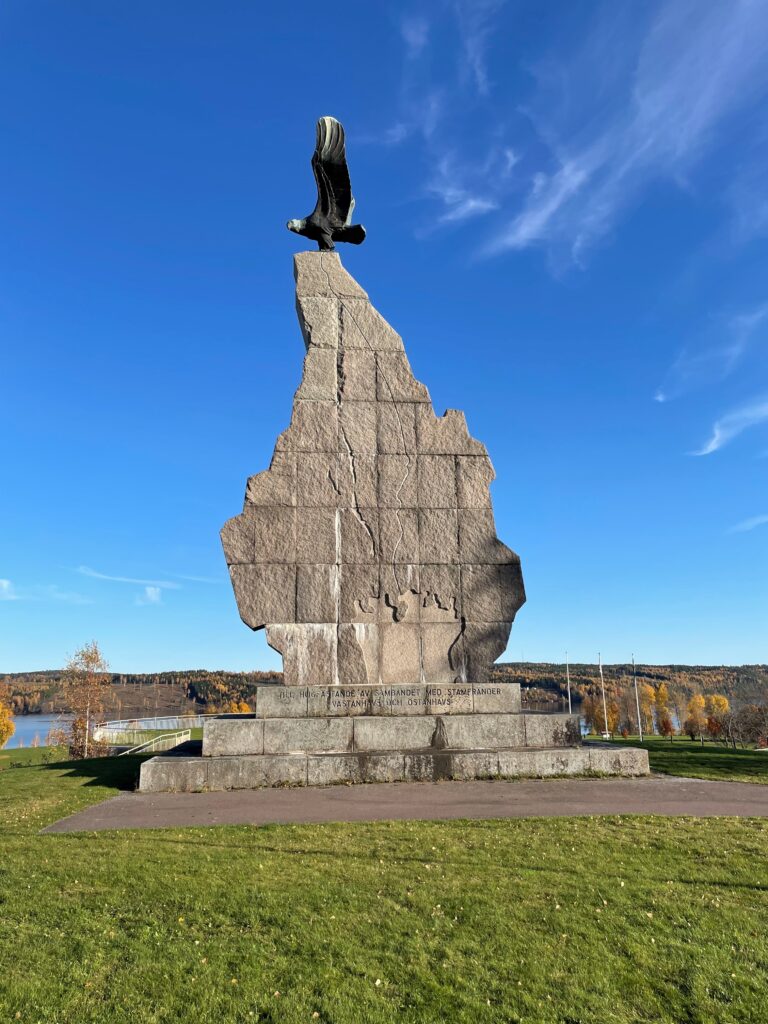
Stamfrändemonumentet
Sunne
Stamfrändemonumentet was erected in 1953 as a symbol of Finnish immigration to Värmland and the Värmland emigration to the USA. The sculpture was created by artist Jussi Mäntynen and features an inscription emphasizing the connection with kin in both West and East. Two kings, Gustaf VI Adolf and Carl XVI Gustaf, have visited the monument during their travels.
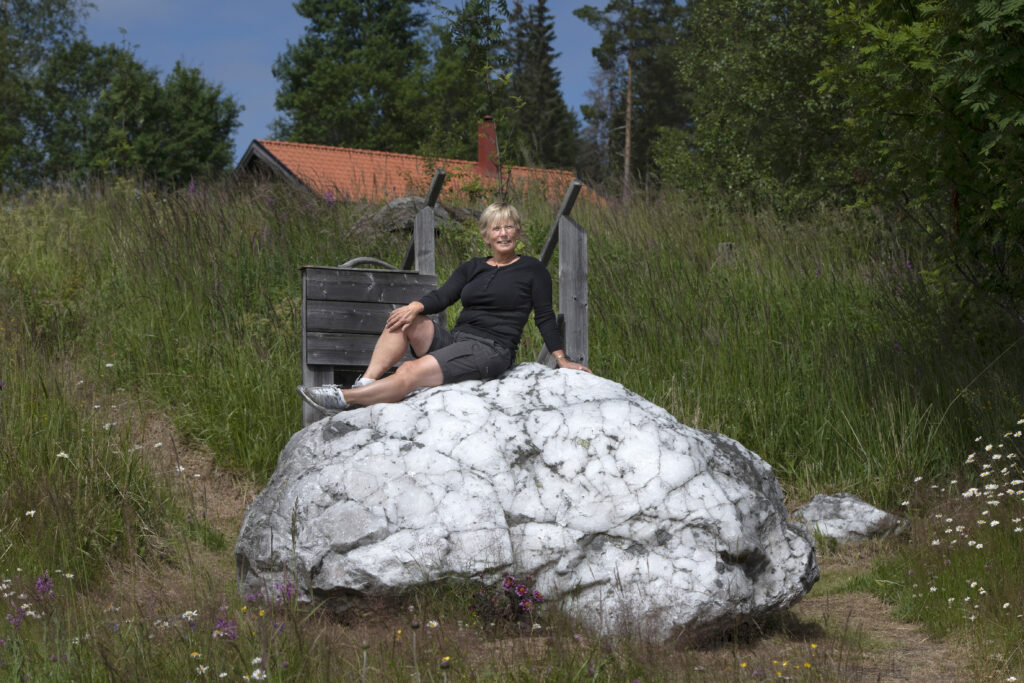
Vita stenen i Mattila
Torsby
The large, white quartz stone in Mattila is just part of the magical allure that Finnskogen is said to offer. It is claimed that the white stone has magical powers and is beneficial for body and soul. So it doesn’t hurt to give it an extra hug.
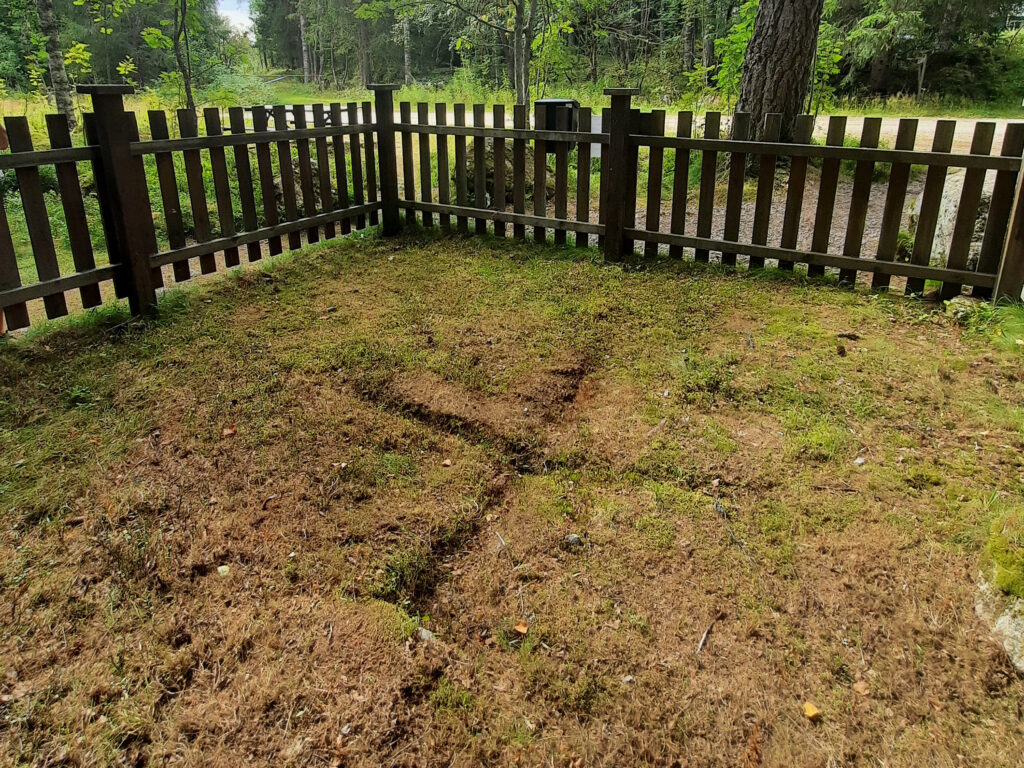
Korset i Röjden
Torsby
Near the village of Röjden lies the mysterious natural phenomenon “Korset i Röjden“. It is a ten-centimeter wide and half-meter long depression in the ground where vegetation has not existed for at least 150 years. Of course, there are many stories about the cross, one of which tells that bearers of the dead left the deceased here while transporting the coffin to the cemetery in Dalby to avoid the heavy burden.
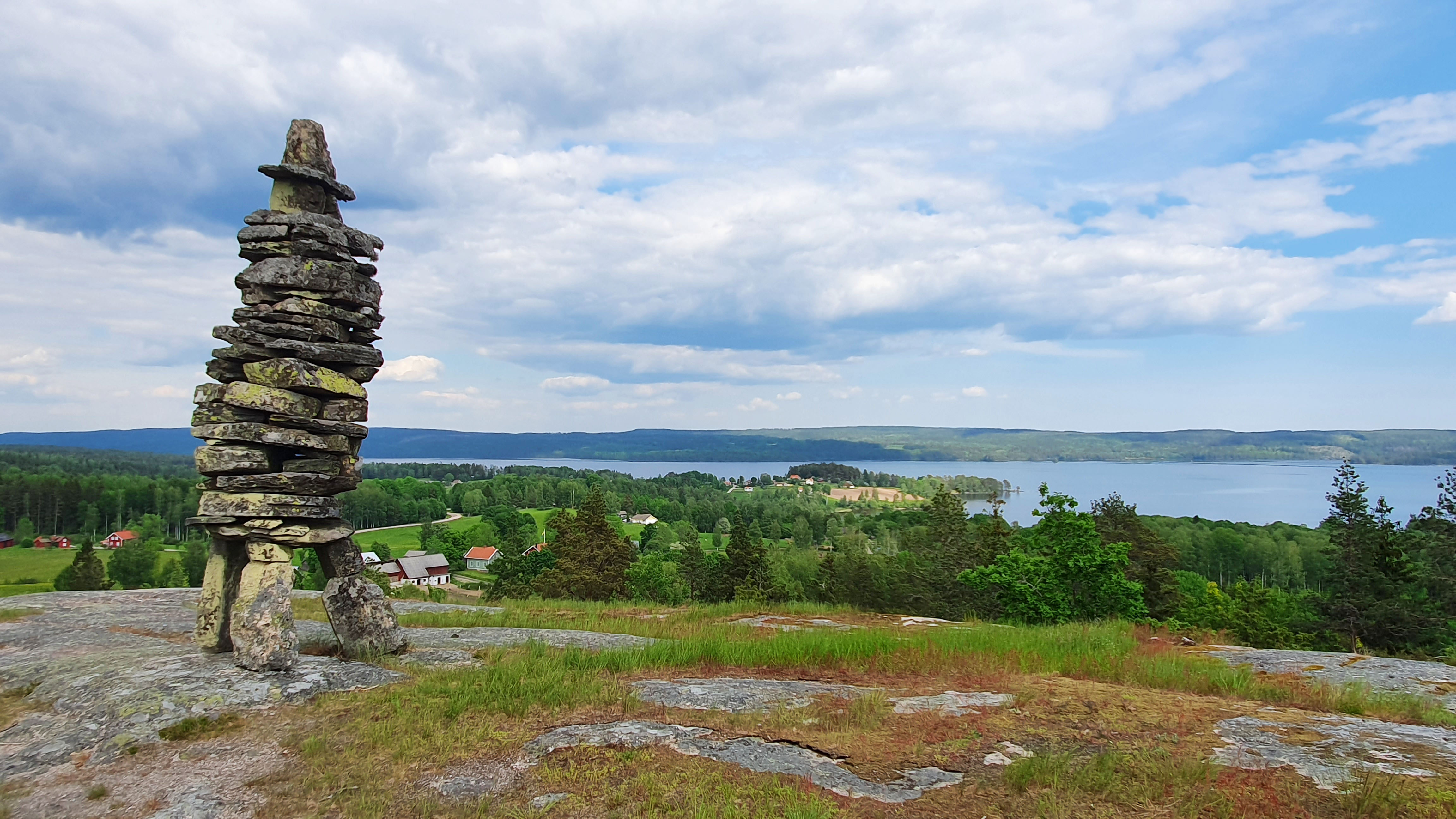
Borgåsgubben
Årjäng
For several hundred years, the three-meter-high stone statue Borgåsgubben has stood on Borgåsberget, according to legend. He stands there to watch over the area and scare away enemies. No one knows who built him, but some believe it may have been some Karolinska soldiers during Charles XII’s campaign against Norway. Since the turn of the millennium, Borgåsgubben is no longer alone; his wife, Stenkäringen, was built by the residents of Blomskog on the mountain opposite.
Do you want more inspiration for wonderful places?
Also check out our tips for Instagram-friendly places in Värmland.